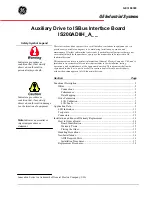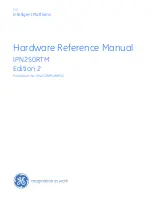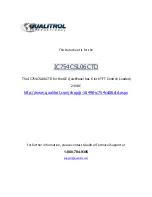
Transient Designer
7
SPL's Differential Envelope
Technology® realises level-
independent envelope
processing, so doing away
with the need for a conven-
tional Threshold control.
Two envelopes are generated
and compared - the VCA
control voltage is derived
from their difference.
Diagram1
illustrates the original curve
and both generated enve-
lopes for processing the
attack period.The envelope
follower Env 1 corresponds to
the shape of the original
curve.The attack of Env 2 is
lower.
Diagram 2
illustrates the difference from
Env 1 and Env 2, giving the
VCA control voltage.
In nearly every aspect the T
RANSIENT
D
ESIGNER
is different from
conventional Dynamic Processors or Compressors. You don't
need to know how the T
RANSIENT
D
ESIGNER
works in order to be able
to use it effectively, but if you're at all curious as to what goes on
inside the box, read this section while referring to the diagrams.
Differential Envelope Technology®
Differential Envelope Technology® maintains identical enve-
lope processing from quiet to loud signals (from pianissimo to
fortissimo) without the need for the user to adjust any external
parameters. In a conventional system, low level signals would be
excluded from processing. Both parameters (ATTACK and
SUSTAIN) work in parallel and do not influence each other.
The ATTACK control circuitry
The ATTACK control circuitry uses two envelope generators. The
first follows the shape of the original curve (Diagram1: envelope
follower Env 1), while the second generator produces the enve-
lope Env 2 (Diagram 1) with a slower attack.
The hatched area shows the difference between Env 1 and Env 2
(Diagram 2), and the VCA control voltage is derived from this
difference. Positive ATTACK values emphasise attack events, nega-
tive ATTACK values smooth out the attack envelopes of events.
Tech Talk



































